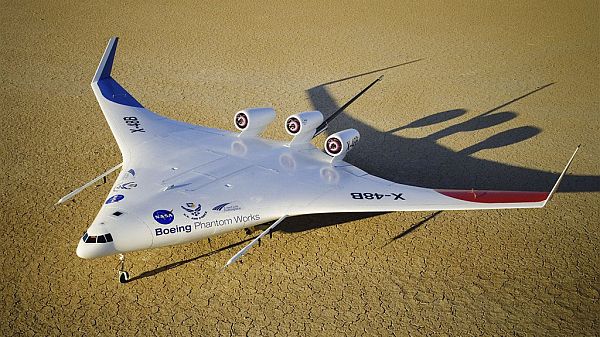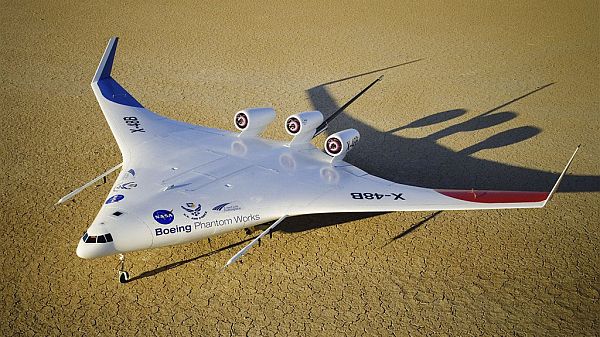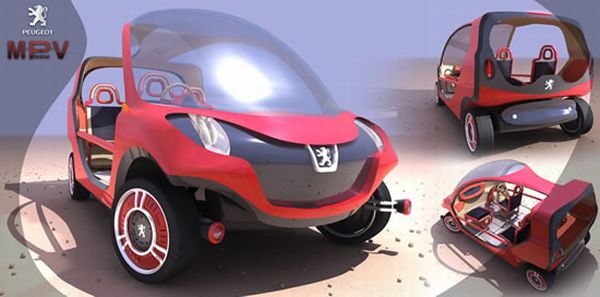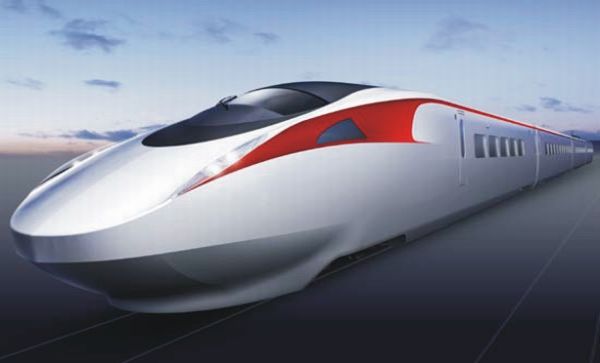As we know it
Air transportation or aviation has now almost taken a new face as the main contributor of air pollution resulting in climate change. However, when it comes to taking a consolidated look at its contribution towards CO2 emissions, then the results are not that glaring. The IPCC has state that the impact that an aircraft makes on the climate would probably contribute to around 3.5% of the climate change figure. However, due to the spurt in the aviation industry, this figure will definitely increase and lead to the hindrance in the production of ozone by producing condensation trails which eventually leads to global warming. Furthermore, global markets have also contributed to a lot of air traffic as products are hauled by aircrafts over long distances. Hence, if a person buys or consumes a product that has traveled a long distance, then he/she in increasing his/her carbon footprint.
 The extent and control of aviation emissions would soon be included in the protocols of various countries as it might get out of control in the near future. The negative impact on the environment due to aviation is basically in the form of noise pollution (because of the sound the engines make), gases and particulates. Due to the growth in the aviation industry in recent times, it has been observed that the greenhouse gas emissions have risen by 87 percent between the years 1990-2006 along! Hence, there are debates about increasing taxation on air travel and also including the aviation industry in the emissions trading scheme.
The extent and control of aviation emissions would soon be included in the protocols of various countries as it might get out of control in the near future. The negative impact on the environment due to aviation is basically in the form of noise pollution (because of the sound the engines make), gases and particulates. Due to the growth in the aviation industry in recent times, it has been observed that the greenhouse gas emissions have risen by 87 percent between the years 1990-2006 along! Hence, there are debates about increasing taxation on air travel and also including the aviation industry in the emissions trading scheme.
Need for change
The aviation industry must indeed change certain ways in its operation in order to control its rising contribution to global warming. A lot of jets are insisting on developing a low-carbon air travel in which they would be using jet fuels as well as biofuels and various aircrafts such as the Air New Zealand jumbo jet and Virgin Atlantic have succeeded in doing the same.
Furthermore, a lot of stress must be attached to improving the operation of the planes in terms of better timing, optimal routing and also an optimal air traffic management system which will lead to reduction in the carbon footprint of the aviation industry. Also, there should be a efficient method of using the fuel which eventually lowers the CO2 emissions of the aircraft. Another way of reducing the negative environmental impact of planes would be to limit the cruise altitude of the plane which reduces the contrails that happen in the higher altitudes, however this is also a factor that is much under dispute.
Whatâs next?
1. NASA and Lockheed Martin unveil Supersonic Green Machine

The Supersonic Green Machine that has been developed by NASA and Lockheed Martin is supersonic aircraft concept that uses fuel most efficiently.
Whatâs new
The Great Concorde is the only commercial variety of the supersonic flight. This aircraft has been able to fly at Mach 2 speed which leads to a major decrease in travel time, however the sonic boom of the aircraft is tremendous and so is the fuel consumption. Hence, supersonic jets haven’t quite been received well. However, the Supersonic Green Machine is a concept of a supersonic jet with various features that are Eco-friendly. This jet has an innovative inverted V-wing that is over the tail section which is used to reduce the huge noise that results from the sonic boom, leading to more fuel efficiency.
NASA and Lockheed Martin have now joined forces to re-imagine the supersonic jet, with added green features this time. Dubbed the Supersonic Green Machine, the jet features a new inverted-V wing over the tail section that is meant to reduce the noise caused by the sonic boom and also better the jetâs fuel efficiency.
What difference will it make
The Supersonic Green Machine would create a revolution in the sphere of supersonic jets being more fuel efficient and producing lesser sound. This would also lead to a reduced travel time for the passenger and goods.
Problems
However, the results of this jet would only be known after the first prototype actually goes through a dry run. An enhanced speed in the jet and more fuel consumption is something that cannot be ruled out.
2. NASA, Boeing test fuel-efficient BWB aircraft

The Boeing BWB aircraft has been developed by NASA and Boeing and is a fuel efficient aircraft.
Whatâs new
The design of this aircraft is such that the wings are blended into the body of the aircraft, making it look like one single entity. This is done in order to make it more fuel efficient. This model would be powerful enough to reach a height of ten thousand feet and 120 knots which is very fast. This efficient aircraft would be lifted into the air by the wings and body at the same time, unlike the traditional aircraft.
What difference will it make
This aircraft would be manufactured between 2015-2020 and would definitely change the way aviation functions by making it more silent, fuel-efficient and much more spacious as well.
Problems
Since the wings are attached to the body of the aircraft, the design would not have enough storage space for the cargo and would also be unstable as it would also not have the requisite stabilizing structures.
3. Double Bubble aircraft

The Double Bubble Aircraft is a design that has been conceptualized by Massachusetts Institute of Technology.
What’s New
The Double Bubble Aircraft could have the capability to reduce the fuel consumption of an aircraft by up to 70 percent as it is designed on the improvised tube and wing structure which gives a wider fuselage in order to give the aircraft an extra lift as well as a much silent flight. The air pollution caused by the aircraft would also be minimal. The MIT has designed two commercial planes that would use 70 percent lesser fuel and would be having 75 percent lesser emissions of nitrogen oxides and would also take shorter time to take off or land on the runways. The Double Bubble is a 180 passenger aircraft that would replace the current Boeing 737 class aircraft that is presently being used for shorter hauls.
What difference will it make
This aircraft is designed to make a change in the way aeronautics functions in the next 25 years or so. With the repositioning of the engines in this aircraft and the implementation of longer wings, the drag would be considerable reduced and hence will lead to lesser fuel consumption. The plane would also save time on the commercial routes as the design of the plane would make loading and unloading relatively faster. The fuel that this aircraft would use would be half of the current Boeing jets.
Problems
The green signal from NASA is yet to come for taking this design to its second phase which researches an innovative propulsion system technology.




